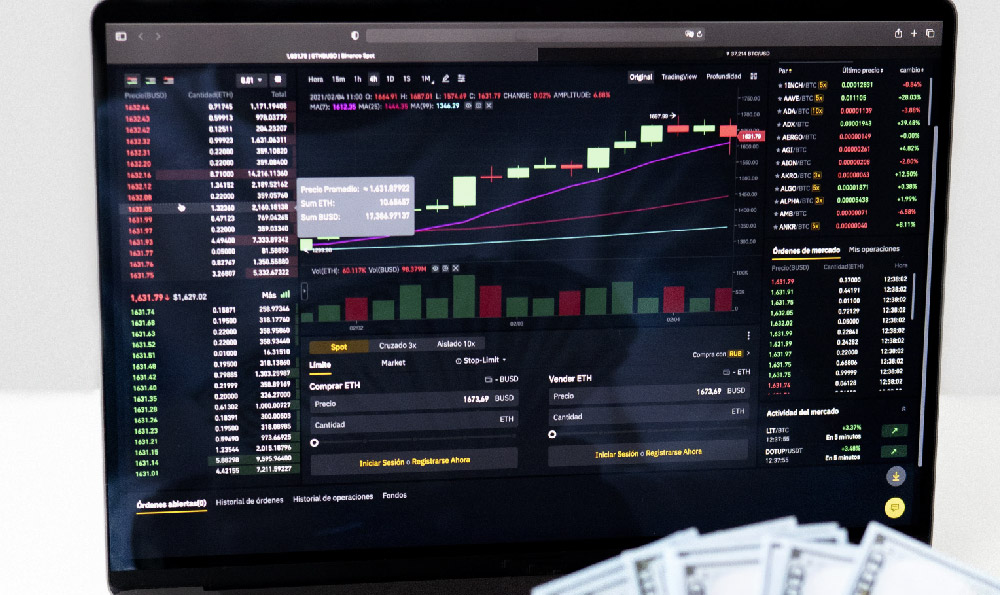The earnings of interior designers can vary significantly depending on a multitude of factors, including geographic location, years of experience, specialization, and the nature of their work. In the United States, for instance, salaries for interior designers typically range from approximately $40,000 to $100,000 annually, according to data from reputable sources like the Bureau of Labor Statistics and industry reports. However, this figure is not static—it fluctuates with market conditions, economic trends, and individual career choices. For example, those working in large metropolitan areas such as New York or Los Angeles might command higher wages due to the greater demand and cost of living in these regions, while designers in smaller towns could earn less, even if their hourly rate is comparable. Additionally, the type of projects undertaken plays a critical role; residential design often involves smaller budgets and shorter project timelines compared to commercial or corporate spaces, which can be more complex and require longer engagement. On average, designers in the commercial sector may earn 20-30% more than their counterparts in the residential field, but this is not universally true and can depend on the specific industry, such as hospitality, healthcare, or retail, which may offer different compensation structures.
Experience is another key determinant of income. Novice designers entering the field often start with lower salaries, as they may lack the portfolio, client base, and industry connections that seasoned professionals possess. In contrast, those with 10 years or more of experience can expect a substantial increase in earnings, particularly if they have established a reputation for quality work or have achieved certification in specialized areas like sustainable design, smart home technology, or architectural design. Certification not only enhances credibility but also often leads to higher-paying opportunities, as clients and employers may be willing to invest more in experts who have demonstrated commitment to excellence through formal training. Moreover, the level of education attained can influence income potential. While a bachelor’s degree in interior design or a related field is common, those who pursue advanced degrees or professional certifications may find themselves in positions that offer greater financial rewards, such as senior design roles, teaching positions, or consulting services.
The freelance versus full-time employment distinction also affects earnings. Many interior designers work as independent contractors, allowing them to set their own rates and take on a diverse array of projects. However, this model can lead to income instability, as freelance designers must manage their own business expenses, taxes, and overhead costs. Conversely, full-time employees working for firms or corporations may enjoy more consistent income, along with benefits such as health insurance, retirement plans, and sick leave. But they may have less autonomy in pricing and project selection, which can limit their earning potential compared to self-employed designers. It is worth noting that the rise of digital platforms and online design services has opened new avenues for income generation, enabling designers to reach a global audience and potentially increase their hourly rate or project-based fees. This shift has also created opportunities for part-time work, which can be ideal for those who are balancing multiple responsibilities or seeking to supplement their income without fully committing to a career in the field.

In addition to these factors, the economic health of the country and the real estate market can have a profound impact on interior designers' earnings. During periods of economic growth, there is typically an increase in demand for renovation, construction, and property development, which can translate into higher income for designers. Conversely, in times of recession, when consumer spending declines and construction projects are postponed, interior designers may need to accept lower-paying opportunities or diversify their services to include cost-effective solutions. This dynamic underscores the importance of market research and adaptive strategies for designers looking to sustain their income over the long term. For instance, some designers focus on budget-friendly options or niche markets such as eco-friendly design to weather economic downturns and maintain a steady client base.
For those considering a career in interior design, the prospect of earning potential is intertwined with the need for strategic planning and professional development. Earnings in this field are not solely dependent on talent or creativity but also on the ability to manage business operations, market oneself effectively, and build a strong client network. Moreover, the financial returns of a career in interior design can be influenced by factors such as the level of competition in the local market, the availability of high-paying projects, and the ability to differentiate oneself through unique design aesthetics or technical expertise. While some designers may achieve significant financial success through their passion for the field, others may need to supplement their income with additional side ventures or part-time work, especially during the early stages of their career.
The financial landscape of interior design is also evolving with the integration of technology. The use of software for 3D modeling, virtual design, and project management has revolutionized the industry, enabling designers to streamline their workflow and potentially increase their hourly rate or scaling their business to take on more projects. This shift has also led to the creation of new job roles, such as digital design consultants and virtual design coordinators, which may offer more steady income with the added benefit of remote work flexibility. Moreover, the rise of social media platforms has provided designers with new opportunities to promote their services, attract clients, and build a personal brand, which can significantly influence their earning potential and career trajectory. For those who are entrepreneurial, investing in digital tools and online marketing can be a strategic move to enhance their income and expand their professional reach.












